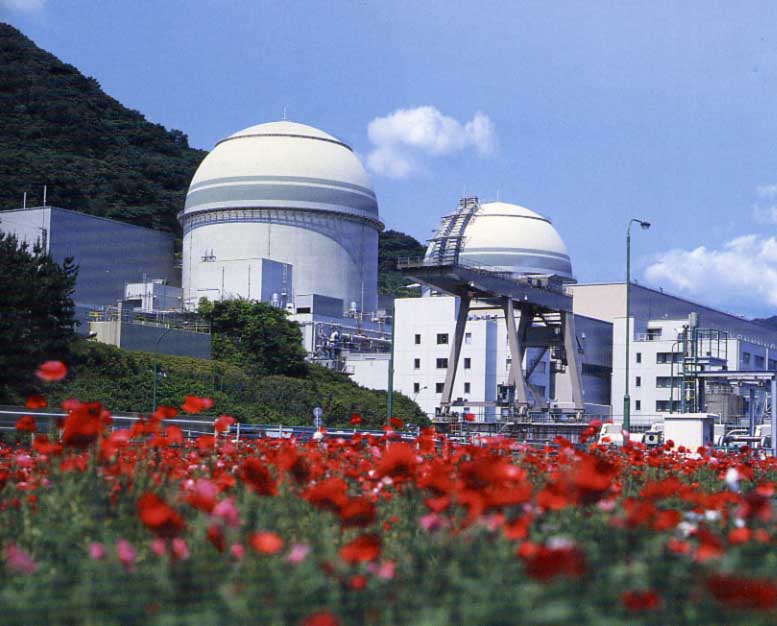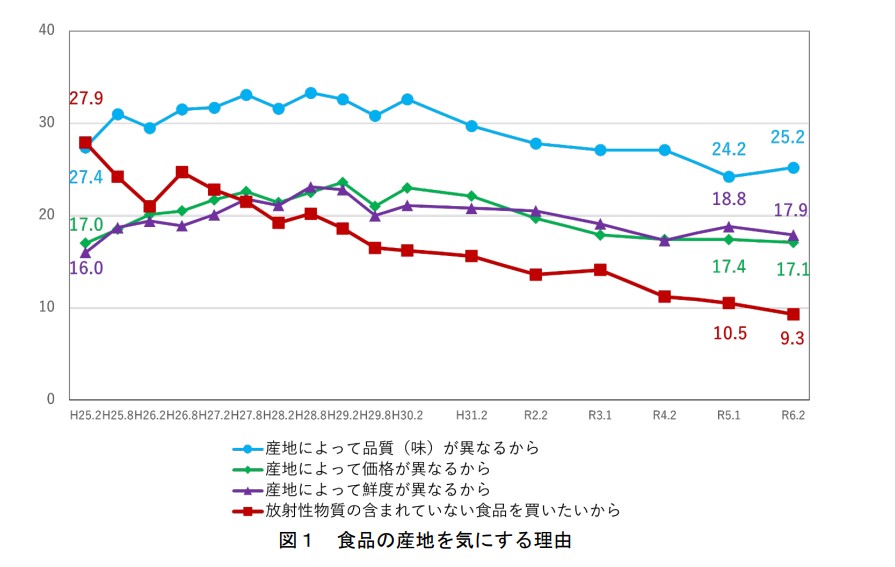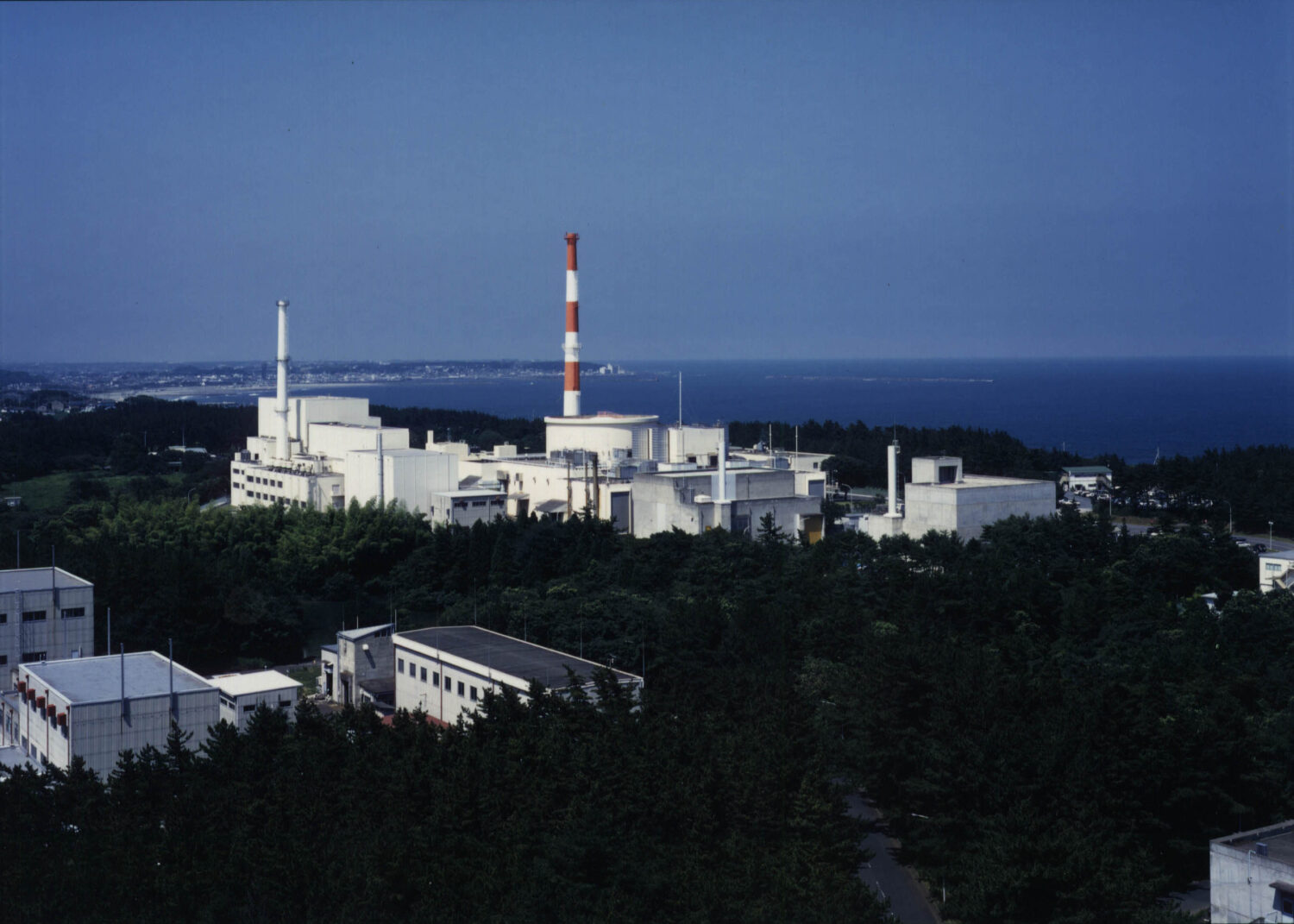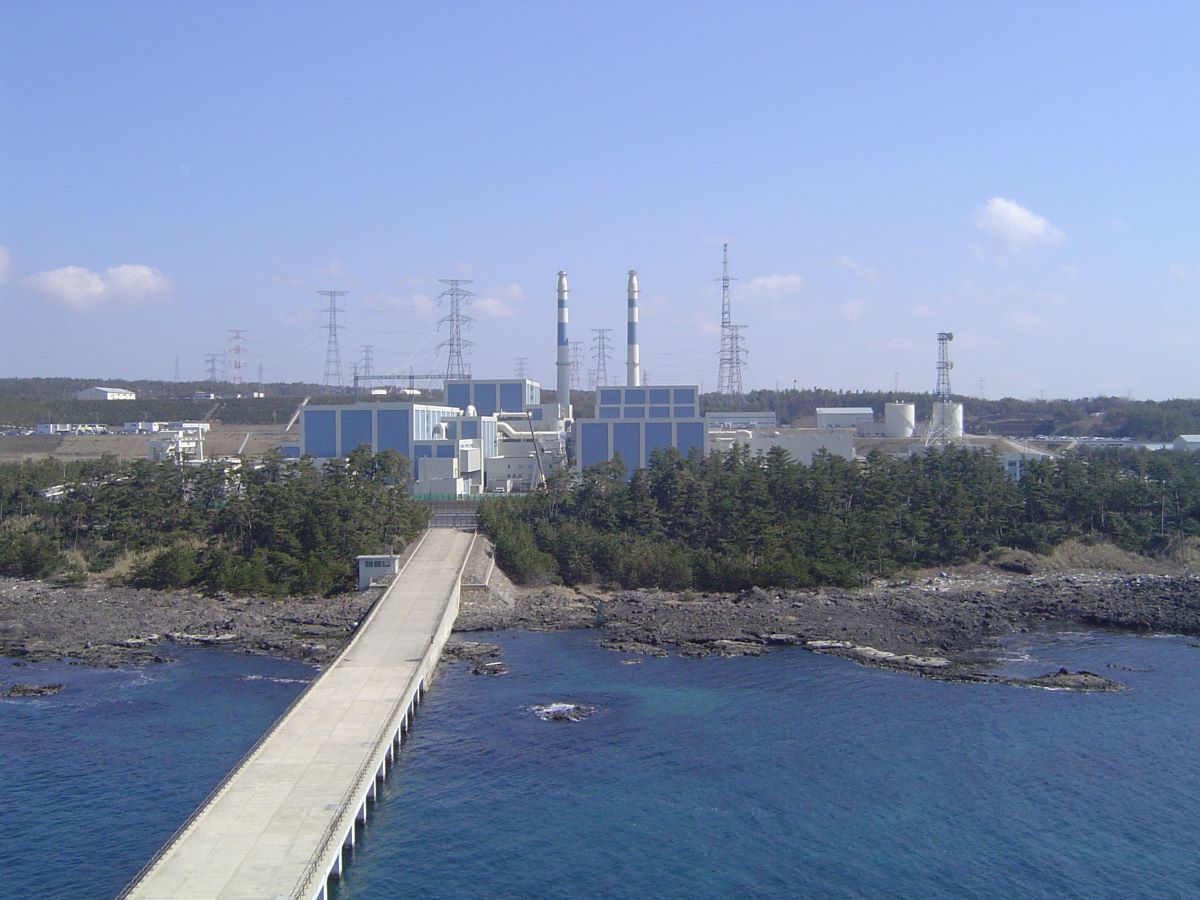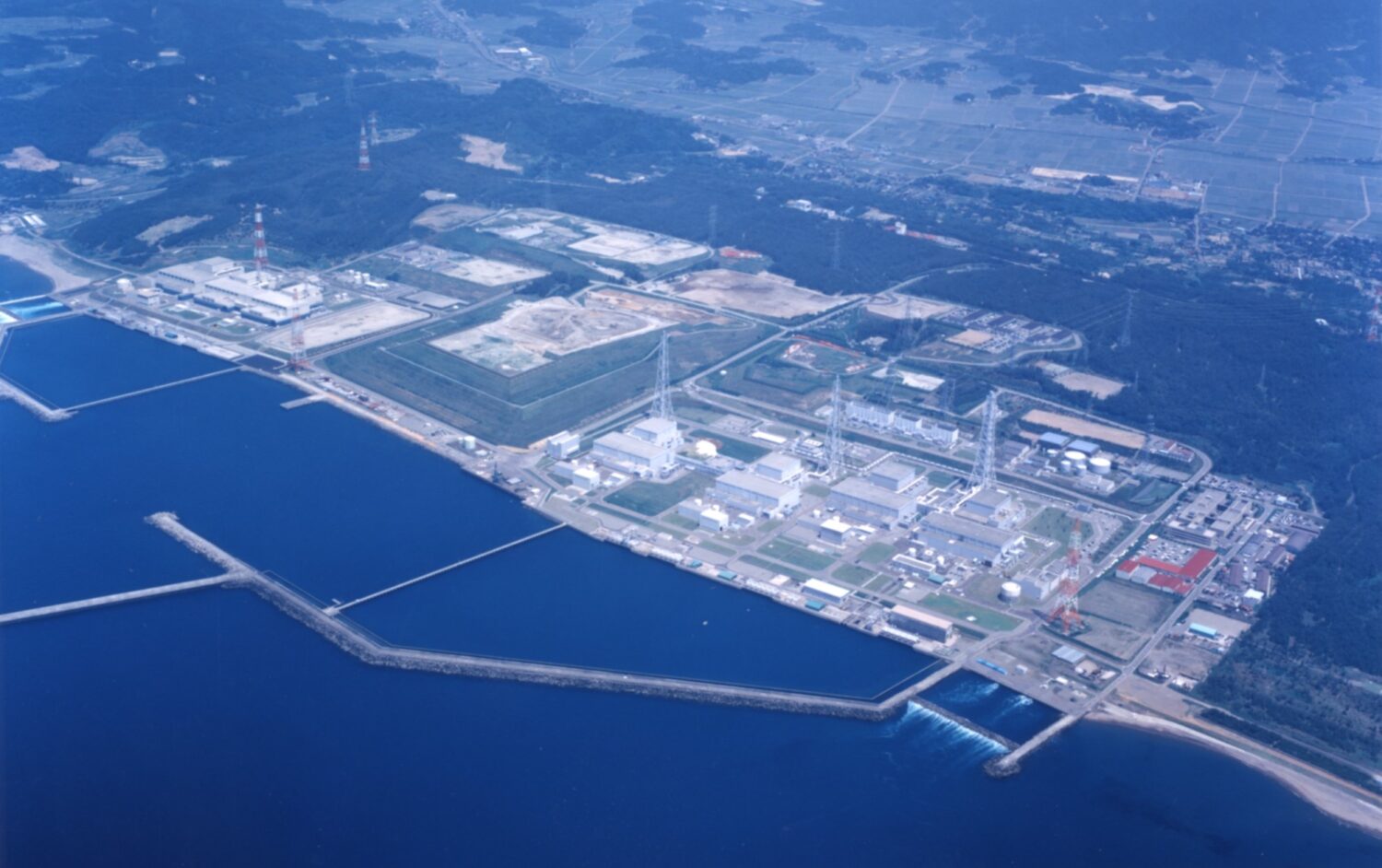In the Atomic Energy Basic Law, among the newly created provisions on “the responsibilities of the government” related to securing public confidence and obtaining understanding, “residents in urban areas, big consumers of electric power” was added to “siting areas.” In relation to the Law for the Regulation of Nuclear Source Material, Nuclear Fuel Material and Reactors (the Reactor Regulation Law), the government will address, within five years after the enforcement date, “the desired state of regulation needed to secure safety,” including enhancements to examination efficiency and the examination system. That was approved together with the original proposal.
Toward the establishment of a system to secure stable supplies of electricity while promoting the use of decarbonized power sources—all in accordance with a basic policy aimed at implementing the country’s green transformation (GX) approved by the Cabinet in February—related laws have been revised around the pillars of “promoting of the maximum introduction of renewable energies co-prospering with local regions” and “utilizing nuclear power based on the premise of ensured safety.”
At the beginning of deliberations at the House of Representatives on March 30, Prime Minister KISHIDA Fumio, at a plenary session, emphasized the objective of the revision: namely, that the government would pursue “all options for non-carbon power sources, including renewable energies and nuclear power” in order to simultaneously secure a stable supply of energy, which is the foundation of people’s lives and industry, and to deal with climate change issues.
The Committee on Economy, Trade and Industry met six times to consider the bill, and had a joint meeting with the Committee on the Environment and the Special Research Commission on Nuclear Issues of the Lower House. On April 14, the committee invited YAMAGUCHI Akira (director of the Nuclear Safety Research Association, or NSRA), MITSUDA Kanna (secretary general of Friends of the Earth Japan, or FoE Japan), YAMAUCHI Hirotaka (professor emeritus of the Graduate School of Commerce and Management at Hitotsubashi University), and OSHIMA Kenichi (professor of policy studies at Ryukoku University), for a Q&A session.
NSRA’s Yamaguchi said that the bill showed commitment to the following courses of action:
— Use of nuclear energy with “top priority on safety”
— Presentation of a basic policy contributing to achieving a decarbonized society
— Securing sustainable energy
— Securing stability and feasibility for electricity businesses.
He then talked about changes in primary energy sources around the world over the years, based on data from overseas experts. Since the mid-19c, he said, the primary energy source with the greatest share had changed several times. Wood (firewood) had been replaced by coal by around 1880, while coal had been replaced by oil by around 1960. Each time, until around 1970, people sought abundant, cheap, stable energy, and each of those sources played the primary role. Meanwhile, in the present global energy mix, fossil energies (oil, coal, LNG) account for 84%, and decarbonizing energies (hydro, renewables and nuclear) account for 16%. That has roughly been the case for Japan, too, Yamaguchi said. He then asserted that “in order to reverse those ratios, a definite target should be clarified,” and that “the key points for achieving GX are energy conservation, renewable energies and nuclear energy.”
FoE Japan’s Mitsuda, who has been involved in supporting the affected people in Fukushima, was concerned, in addition to the effects of the nuclear accident on the public, about the costs that the public would have to bear for damage compensation and decommissioning. She earnestly urged the government to hold public hearings in Fukushima.
Next, Oshima of Ryukoku University spoke from the perspective of environmental economics. He presented trial calculations showing nuclear power and emergency preparedness would cost the nation approximately JPY33 trillion in total, and argued against positioning nuclear energy as the main power source.
Citing public interest economics, Yamauchi—who chairs the Subcommittee on Electricity and Gas Demand and System Design under the Advisory Committee for Natural Resources and Energy—referred to the danger of leaving infrastructure businesses to operate solely on market principles. Regarding “the promotion of the maximum deployment of renewable energies co-prospering with local regions,” one of the pillars of the bill, he introduced a vision for photovoltaic power utilizing the site of Narita Airport. In cooperation with local companies, he said, not only would the plants provide electricity for airport facilities, but they would also produce hydrogen to be used in making clean aviation fuel. He asserted that a decarbonized society would not be realized “by efforts in the energy field alone,” and that there was room to utilize all national assets.
In the revisions to relevant laws, the regulation of operating lifetimes is to be moved from the Reactor Regulation Law to the Electricity Business Law. As is the case now, the principles of 40-year operating lifetimes and extensions up to 20 years will be maintained. When the operating lifetime of a nuclear power plant (NPP) operating lifetime is extended by 20 years, the periods of suspension in the unit’s history due to reasons unforeseeable by the operator will not be counted in the calculations of its operated period.
KOKUBA Konosuke (LDP), a member of the Committee on Economy, Trade and Industry, asked how to guarantee that safety would always be the top priority when the operating lifetime system was revised. In response to that, Yamaguchi said that the bill included statements on tightening the regulation of aging reactors and on the responsibilities of the operators. He then referred to the proven performance of many long-operating reactors in the United States and to that of the Mihama-3, owned and operated by the Kansai Electric Power Co., which is already being operated beyond its original 40 years, saying that risk assessments and safety management, all technologically grounded, were being done.
At the meetings of the Committee on Economy, Trade and Industry on April 21 and 26, personnel attended from the Ministry of Economy, Trade and Industry (METI), the Nuclear Regulation Authority (NRA), and the deputy vice-minister for nuclear energy of the Ministry of Education, Culture, Sports, Science and Technology (MEXT), and there was a Q&A session on securing technological infrastructure and human resources for nuclear development.
At the meeting on April 21, committee member OSHIMA Atsushi (Constitutional Democratic Party of Japan, or CDP) cited a need, toward the development of fast reactors, to look again at the lessons learned from the accident at the prototype fast breeder reactor (FBR) Monju. Based on his experience working at a steel pipe manufacturer, he said, “Once a plant is closed, it is unlikely to ever be reopened for resuming production,” noting the issues of maintaining supply chains and continuation of technology.
At the meeting on April 26, meanwhile, committee member SUZUKI Yoshihiro (National Democratic Party) first talked about his visit to the site where the decommissioning of the Japan Power Demonstration Reactor (JPDR) had been completed. The JPDR was the first reactor to successfully generate electricity in Japan. He then asked the government to steadily pave the way for the disposal of radioactive waste from decommissioning and for the application of a clearance system enabling substances, whose radioactivity is confirmed to be below designated levels, to be reused or disposed of as ordinary industrial waste.


-1.png)








.jpg)











